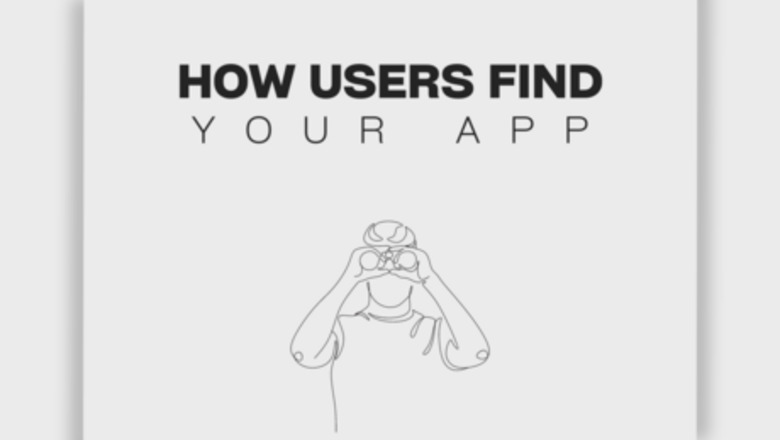
views
X
Research source
and second, enter the cohort of apps with a user retention rate between 2-5% after the first month. Although the roadmap to achieving these objectives is quite long, it's straightforward and doesn't call for any technical assistance. Experimenting is the only way to grow and scale an app consciously. However, you definitely don’t want to spend days releasing new versions of your app and waiting for its approval after every change you make. So, all you need to do is ask yourself the right questions, and this tutorial is going to help with that.
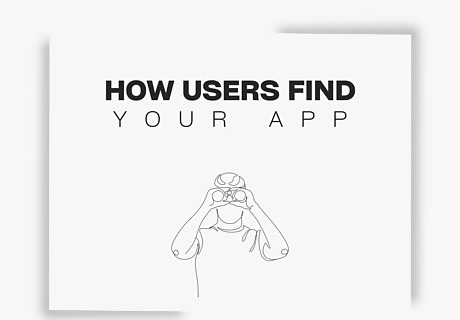
Identify high-intent keywords that are relevant to your app's features and benefits (ASO). These keywords will help you reach users who are actively searching for solutions that your app can provide. And the good news is that these users are the majority! According to Apple, approximately 65% of downloads take place immediately after a search, while 70% of App Store visitors utilize search to find apps. To master ASO, ask yourself: How do users find your app in the marketplaces? Does it appear lower than it is supposed to for some queries or doesn't appear at all? What possibly may cause that?
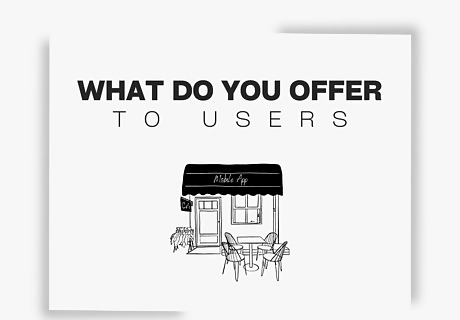
Define your UA strategy. Every single element in it has massive value. For example, ASO is also a part of the UA strategy for mobile apps. The only reason it is separated from the whole spectrum is that ASO is a foundation, the process you must start from by default. To succeed during the growth stage and not miss anything you have to ask yourself the following questions: Where will your users come from? Choose the most effective channels to reach your target audiences aside from organic search, such as social media ads, influencer marketing, referrals, and SEM. What will they come to? Keep your app’s listing up to date, attractive, and informative to improve visibility, credibility, and download rates. How are they doing there? Connect all the must-have mobile analytics, which are reviewed below, as well as any optional metrics that may help to track and analyze your user acquisition campaigns' performance regularly. That’s the only way you can identify what works and what doesn’t, and make data-driven optimizations to improve the campaign's overall product effectiveness and ROI.
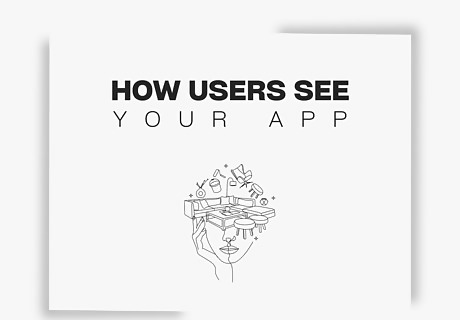
Design and visualize new ideas. If you have UX/UI designers in-house, they already know what to do: how to increase user retention and engagement, reduce bounce rates, speed up loading times, and certainly trigger higher conversion rates. Just try to listen to them. If you don’t have a designer and can’t outsource this process, do the following: Keep it simple and intuitive. Less is more. All your app needs are “natural everyday makeup and a casual dress”. Use ready customizable templates, palette generators, and any other meaningful automatic tools. Always pay attention to the simplicity that almost all successful apps stick to. Do not use free or paid stock pictures that look unrealistic. If you can’t say which one is or isn’t, just avoid stock libraries completely. The wrong pictures make things look worse. Consider aesthetic drawings or shoot your own pictures instead. Try to experiment with non-trivial filters like Duotone, add blurring, or change the background. On AI-empowered visualization platforms like Canva, a few clicks will do the trick for you. Collect feedback through user research solutions like Usability Hub, Maze, UserTesting, etc. It will help you understand how real users see your app and what needs to be improved with the priority hierarchy. It is extremely important because if you don’t do that, the bug reports and complaints about usability will flow directly to the public app reviews.

Elaborate onboarding flow. Marketers should view it as a guest's experience in a hotel. Users explore available solutions in a marketplace, make a preliminary decision, and then arrive. Provide something irresistible and let them explore calmly. Onboarding significantly impacts retention rate (up to 50% growth), user engagement, conversion, and overall satisfaction. The implementation has a few broad rules of thumb: Make it intuitive. Use visuals that make sense and that users can relate to. Personalize the experience. Briefly, this means that you should better interact with your users (they have names!) through in-app messages, suggestions, and results that completely match their profiles. It is so easy to unsubscribe, uninstall, or turn off any notifications from your app. On the contrary, if users find your app useful and it doesn't annoy them, those three farewell options will never come easy. Show the onboarding progress bar or pagination and keep it short: step one, step two, final step, and start.

Create flexible pricing based on A/B testing. It's essential for multi-tier and segmented pricing models: trials, upgradable free access, subscriptions for 1, 3, 6, and 12 months, lifetime premium, family tier, etc. There are multiple fintech solutions that provide an infrastructure for implementing different custom packages for selected audiences without releasing new versions. However, it requires deeper research, scenarios based on predictions, and multiple rounds of A/B testing, for example: Which discount performed better during the 4th of July sale: 15, 25, or 30 percent? Which market hasn’t lost subscription growth dynamics after you increased the monthly price by 10% for new users: Brazil or Mexico?

Polish the paywalls. A well-designed paywall can significantly improve the subscription conversion rate. Although estimates vary depending on certain circumstances, most real-life scenarios suggest a 25-50% increase in subscription conversion rates with improved versions. When creating a paywall, you need to answer three questions: Why do you need this graphic element on your paywall? Does it create a pleasant anticipation and an immersive-like experience for the user, or does it only make the paywall look less plain? Conversely, why are there no visual elements? Does your paywall help users understand or check again what amazing features they will pay for? Are your pricing options user-friendly enough, and have you presented them properly? Hint: use incentives to encourage users to complete the paywall process and become subscribers, and highlight them, especially on CTAs. Find a paywall library to get some extra inspiration and ideas.
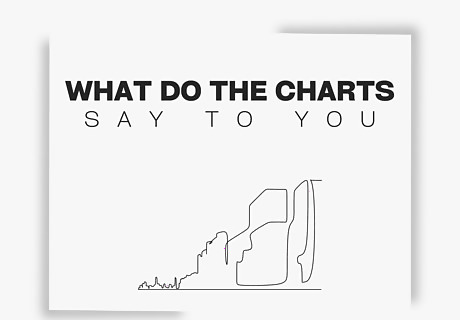
Track the primary metrics. They show how the product is performing and what its strengths and weaknesses are. Positive or negative trends will help you trace their causes and create a scenario for another A/B testing event. The most essential set includes acquisition (number of downloads and installs, UA channels), engagement, monetization, funnel conversion, user acquisition cost, lifetime value, average revenue per user, churn rate, and crash rate. The questions to be asked are complicated but rather clear, depending on what you see on the metrics dashboards. Why is my app experiencing negative growth, and how do I fix that? Why is my app’s growth stagnating, and is there any reasonable way to go up? What will happen after some time if I don’t take any action? How do I keep my product growing at an adequate pace?




















Comments
0 comment